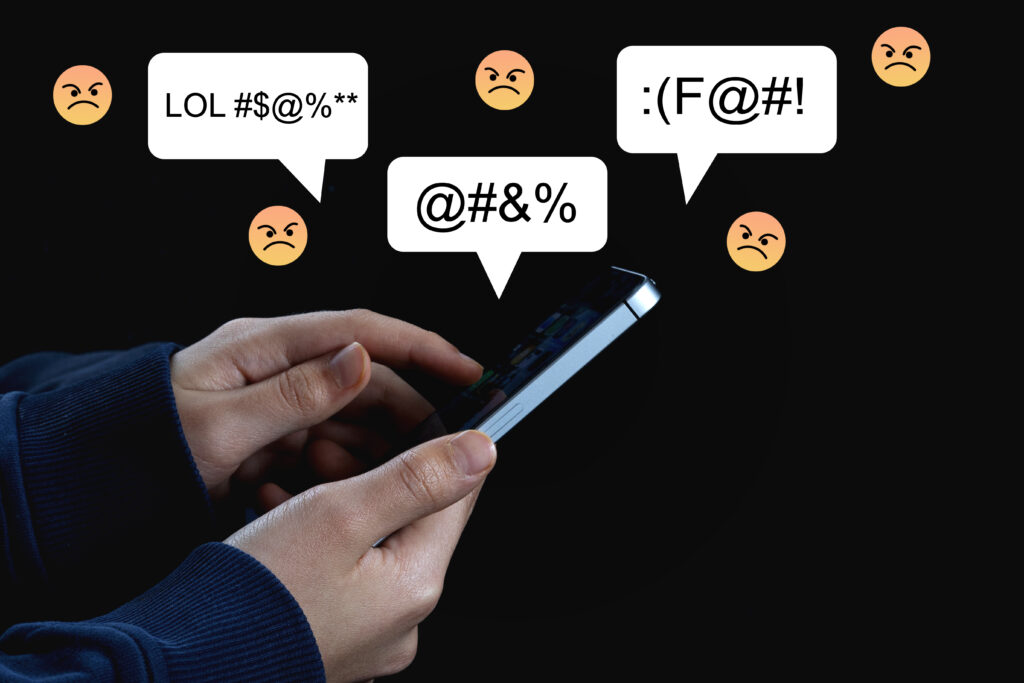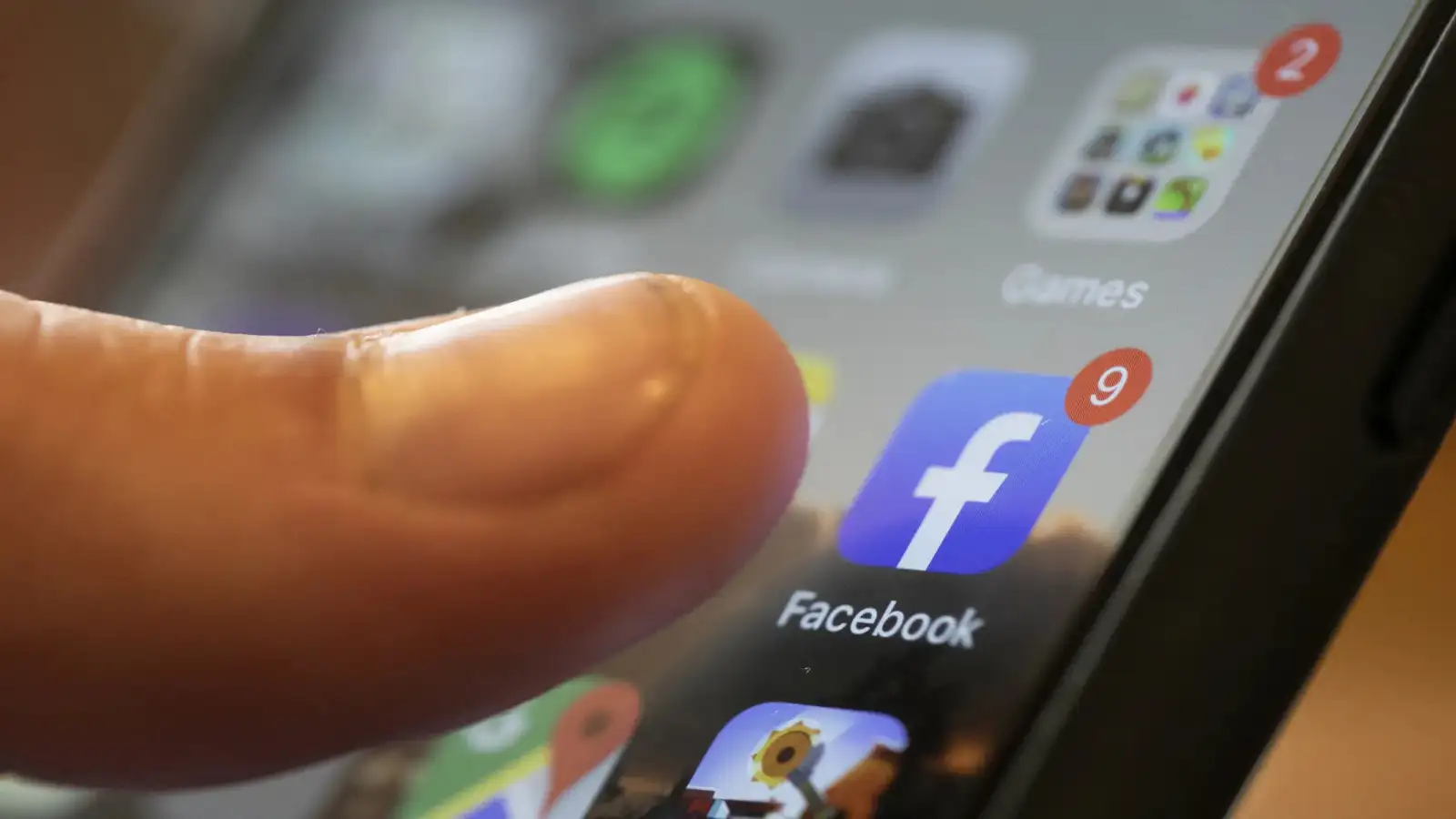In today’s hyperconnected digital world, a single negative comment can spiral into a full-blown social media crisis within minutes. Whether you’re a small business owner or managing a large corporation’s online presence, the reality is stark: your brand’s reputation hangs in the balance every time someone posts about your company. The speed at which information travels on social platforms means that what starts as a minor complaint can quickly amplify into widespread outrage, trending hashtags, and lasting damage to your brand’s credibility.
Consider this sobering statistic: when you receive over five negative posts within an hour, you’re entering crisis territory. When that number reaches ten, you’re likely facing a full-scale online meltdown. The viral nature of social media means that crises can escalate exponentially, with each share, retweet, and comment adding fuel to the fire. Unlike traditional PR disasters that might unfold over days or weeks, social media crises demand immediate attention and a strategic response.
The good news? You’re not powerless in these situations. With the right preparation, monitoring systems, and response strategies, you can not only weather the storm but potentially turn critics into advocates. The key lies in understanding that crisis management isn’t just about damage control—it’s about demonstrating your brand’s values, accountability, and commitment to your customers when it matters most. This comprehensive guide will equip you with the tools, strategies, and confidence to handle any social media crisis that comes your way.
Understanding the Social Media Crisis World

Recognizing the Warning Signs
A social media crisis doesn’t appear out of nowhere—there are usually warning signs that savvy brands can detect early. Rapid amplification is the hallmark of social media crises, where negative sentiment can spread across platforms within minutes. The key indicators include sudden spikes in negative mentions, shifts in sentiment analysis from positive to negative, and the emergence of critical hashtags or viral content about your brand.
Modern monitoring tools use sentiment analysis to track these changes in real-time, allowing you to spot trouble before it explodes into a full crisis. When customer complaints begin appearing across multiple social media channels simultaneously, or when public figures and industry insiders start sharing negative experiences with your company, you’re likely witnessing the early stages of a crisis.
The Multi-Platform Challenge
Each social media platform presents unique crisis dynamics. Twitter’s rapid-fire nature means issues can trend globally within hours, while Facebook’s algorithm can amplify negative content to broader audiences. Instagram’s visual focus means image-based crises can be particularly damaging, and LinkedIn’s professional environment requires more formal crisis responses.
Understanding these platform-specific nuances is crucial because your response strategy must be tailored to each channel’s unique characteristics and audience expectations. What works on Twitter might seem inappropriate on LinkedIn, and a response that resonates on Instagram could fall flat on Facebook.
Building Your Crisis Response Team
Assembling the Right People
When disaster strikes online, you need a well-coordinated team ready to spring into action. Your crisis management squad should include representatives from various departments: PR, legal, marketing, HR, and customer service. Each team member should have clearly defined roles and responsibilities, eliminating confusion when every minute counts.
Fast action is essential in social media crisis management. Having a legal representative on speed dial is strongly advised, especially when dealing with potentially slanderous content or situations that could result in legal action. The team should be established well in advance of any actual crisis, with regular training and mock drills to ensure everyone understands their role.
Key Roles and Responsibilities
Your crisis team should answer these critical questions: Who will monitor social media before, during, and after the crisis? Who will lead the team to ensure everyone knows their roles? Who will speak to the press, management, key stakeholders, and staff? Clear ownership speeds up reaction time and helps mitigate damage.
Consider appointing a crisis lead, social media monitor, content drafter, and legal/communications approver. Include an escalation path that specifies who gets notified and when, as clarity in these moments saves critical minutes and prevents bigger problems from developing.
Real-Time Response Strategies

The First 30 Minutes Are Critical
Confusion costs you in the first 30 minutes of a social media crisis. Your initial response should acknowledge the issue quickly while you gather more information. This doesn’t mean you need to have all the answers immediately, but you must show that you’re aware of the situation and working on solutions.
Pause all automated and scheduled posts immediately when a crisis emerges. The last thing you want is promotional content appearing while your brand is under fire. This simple step prevents tone-deaf messaging that could make the situation worse.
Crafting Your Response
Be human and transparent in your communications. Don’t try to sugar-coat the crisis or pretend it’s not happening. Acknowledge mistakes when they’re yours and outline a plan to fix them. Your response should be empathetic, understanding, and demonstrate a genuine commitment to resolving the issue.
Speed matters, but so does consistency. Respond promptly across all your social media accounts with consistent messaging. Consider the nature of the crisis when choosing your response platform—some situations may warrant a public statement on Twitter, while others might need a more detailed response on your website or blog.
Advanced Crisis Management Techniques
Moving Conversations Offline
For complex or sensitive issues, consider taking conversations offline. Provide contact information for customer support or invite individuals to send direct messages to address concerns privately. This approach shows that you’re taking individual concerns seriously while preventing the public escalation of sensitive matters.
Monitor sentiment and adapt your messaging accordingly. Base your response strategy on the sentiment of incoming mentions. If the majority of mentions are negative, spend more time addressing concerns. When sentiment begins to shift positively, you can adjust your content strategy accordingly.
Learning and Iteration
After resolving a crisis, conduct a thorough analysis of the situation. Identify what worked well and areas needing improvement. Use these insights to refine your crisis management strategies for future situations. This post-crisis analysis is crucial for building resilience and improving your response capabilities.
Employee training is essential for maintaining a consistent crisis response. Train your team, especially those responsible for social media communication, in crisis management procedures. Ensure they understand the importance of consistent messaging and adherence to established response plans.
Tools and Technology for Crisis Management

Monitoring and Detection Tools
Establish a robust monitoring system to track mentions of your brand across social media platforms. Social listening tools can proactively identify potential issues before they escalate, helping you stay ahead of emerging problems. These tools monitor sentiment shifts, influencer activity, and customer communications in real-time.
Comprehensive monitoring should track the web, social media, print, and broadcast mentions. Modern crisis management platforms offer all-in-one solutions that include media databases, outreach capabilities, and detailed reporting features.
Response and Communication Platforms
During a crisis, you need tools that enable quick press release distribution, custom media list management, and real-time media monitoring. The ability to share updates instantly via your newsroom or directly with journalists can be crucial for controlling the narrative during a crisis.
Rebuilding and Recovery
Post-Crisis Reputation Management
Rebuilding trust after a crisis involves ongoing communication, implementing changes based on feedback, and showcasing your commitment to improvement. This phase is just as important as the initial crisis response, as it determines your brand’s long-term reputation recovery.
Continue monitoring social media sentiment even after the immediate crisis has passed. Some situations may have lingering effects that require ongoing attention and communication. Word-of-mouth recommendations remain one of marketing’s most powerful tools, and thoughtful crisis management can actually strengthen customer relationships.

